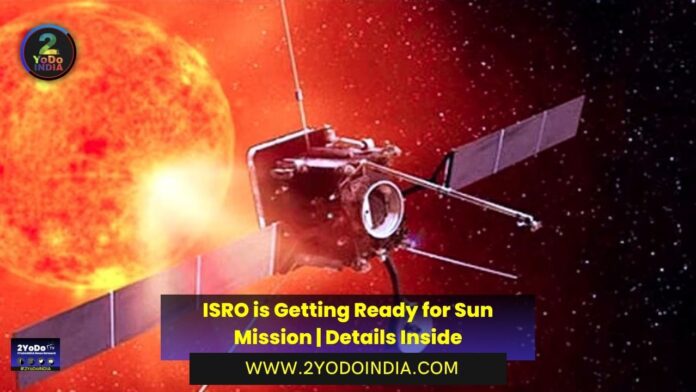ISRO launch the Chandrayaan-3 mission to the Moon on 14th July 2023, is now gearing up for another big mission call as Aditya-L1 mission to study the Sun. According to ISRO Chairman S Somanath, the space agency is making preparation for Aditya L1, India’s first mission to study the sun, which is locate at a distance of about 150 million kilometres from the earth and is the source of energy for our solar system.
The Aditya-L1 mission will be launch by ISRO PSLV rocket from Sathish Dhawan Space Centre in Sriharikota.
Objectives of ISRO’s Sun Mission
As per ISRO, the spacecraft shall be place in a halo orbit around the Lagrange point 1 (L1) of the Sun-Earth system, which is about 1.5 million km from the Earth.
A satellite place in the halo orbit around the L1 point can view the Sun without any occultation/eclipses.
ISRO said :
"This will provide a greater advantage of observing the solar activities and its effect on space weather in real time,".
As per ISRO, the spacecraft will carry seven payloads to observe the photosphere, chromosphere and the outermost layers of the Sun (the corona).
Four payloads will directly view the Sun and the remaining three payloads carry out studies of particles and fields at the Lagrange point L1 to provide more clues into the solar dynamics in the interplanetary medium.
The other objectives of Aditya L1 mission will be to understand the drivers for space weather like origin, composition and dynamics of solar wind, and identify the sequence of processes that occur at multiple layers like chromosphere, base and extended corona, which eventually leads to solar eruptive events.
As per ISRO, the spacecraft will be place in a low earth orbit and later the orbit will be made more elliptical.
Thereafter, the spacecraft will be launch towards the Lagrange point L1 by using on-board propulsion.
As the spacecraft travels towards L1, it will exit the earths’ gravitational Sphere of Influence (SOI).
After exiting from earths’ gravitational Sphere of Influence, the cruise phase will start and subsequently the spacecraft will be inject into a large halo orbit around L1.
The total travel time from launch to L1 would take about four months for Aditya-L1.
ISRO scientists successfully perform the fourth orbit-raising manoeuvre of the Chandrayaan-3 spacecraft, from the ISRO Telemetry, Tracking and Command Network (ISTRAC) centre in Bengaluru.
The next firing is plan for 25th July 2023 between 2 pm and 3 pm.





